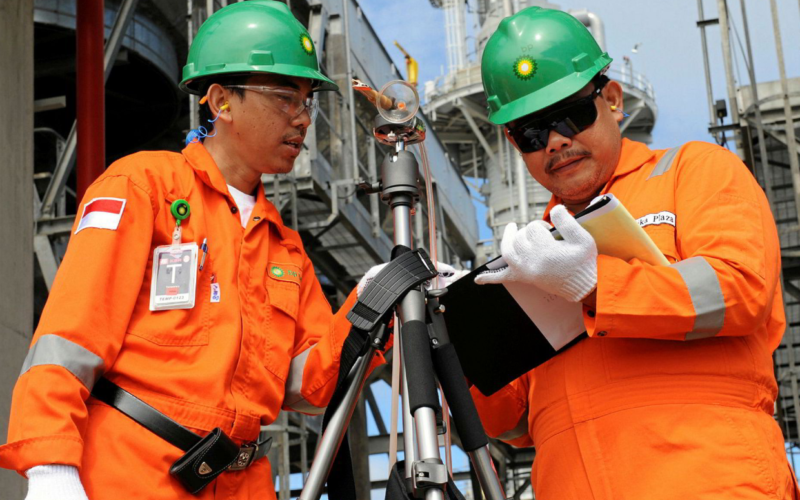Workers at Chevron Corporation’s liquefied natural gas (LNG) facilities in Australia have taken steps to resume strikes, a move that has the potential to disrupt LNG supplies and exert upward pressure on prices. The unions have issued notice that their members will commence industrial action at Chevron’s Gorgon and Wheatstone plants within seven working days. This action follows a vote by workers last week to reinstate strikes, citing dissatisfaction with the company’s efforts to reach an agreement on pay and working conditions.
The resurgence of strike action raises concerns about potential disruptions to LNG shipments from Australia, which is one of the world’s leading exporters of liquefied natural gas. The Gorgon and Wheatstone plants alone accounted for 7% of global LNG supply last year. While previous strikes did not result in missed LNG cargoes, the renewed threat of stoppages has created uncertainty regarding the impact on LNG exports.
Historically, the mere threat of labor stoppages has driven gas prices higher. In the last quarter, gas prices experienced a surge in response to concerns over potential strikes. However, the most recent developments surrounding the strikes have not yet had a pronounced impact on gas prices.
As Australian LNG workers’ unions gear up for potential industrial action, the energy industry and global markets will closely monitor the situation. The outcome of these strikes could significantly influence LNG exports from Australia and have wider implications for global energy markets.
The decision by Chevron’s LNG workers in Australia to issue a strike notice underscores the ongoing labor-management challenges facing the energy sector. As the seven-day countdown to potential industrial action begins, the consequences for LNG supplies, prices, and global energy markets remain uncertain.








